The Wild West was a peculiar place to live in, for sure. But are the stories of gunslinging cowboys and superhero sheriffs true? Here are 17 myths about the Wild West you should stop believing today.
Everyone Was a Cowboy
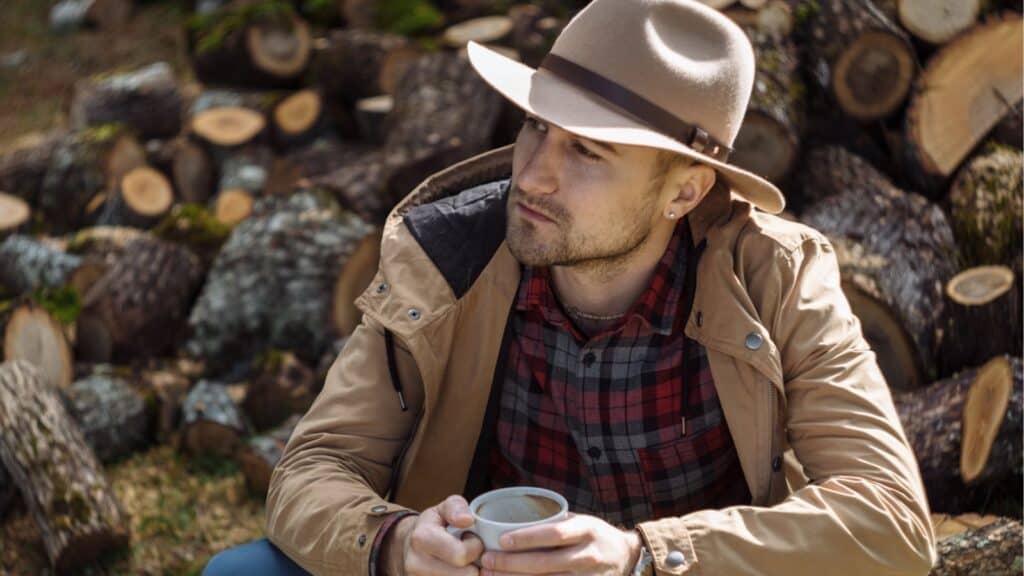
Occupations in the Wild West were much more diverse than cattle ranching, which cowboys are known for. Instead, cowboys constituted a small percentage of the people who moved to the U.S.’s West after the Civil War, and many engaged in mining, construction work, and the trade of gold.
Railroads Were Built By American Laborers

The contribution of foreign workers to the transcontinental railroad has been largely overlooked by most mainstream media. But we learn from the Guardian how crucial the roles of Chinese workers were to the railroads. Sadly, they worked in less favorable conditions and were paid less than their American counterparts.
Cowboys Wore Cowboy Hats
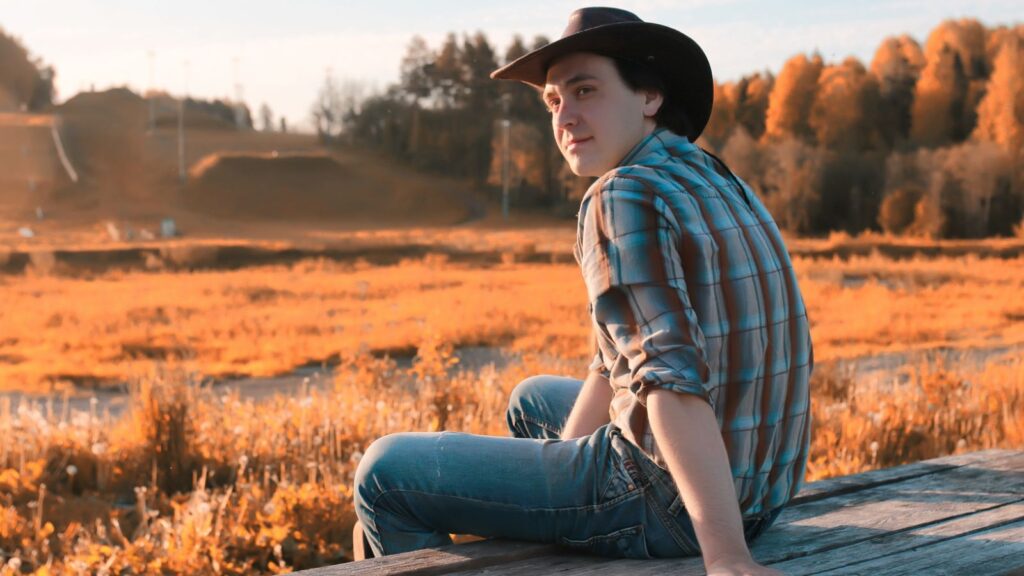
Bowler hats are sturdier and more practical than cowboy hats. Earlier cowboys actually preferred them to the wide-brimmed hats we know them with today—which weren’t used until much later. The popularity of cowboy hats is only due to representations in pop culture and not historical accuracy.
Women Had Little Influence

Despite sparse representation in the media, women in the Wild West territories were actually respected more than in many places in the US. They ran businesses and owned land, and the U.S. Department of Interior even shares that the “Women of the West were the first in the United States to enjoy full voting rights.”
Horses Were the Only Means of Transportation
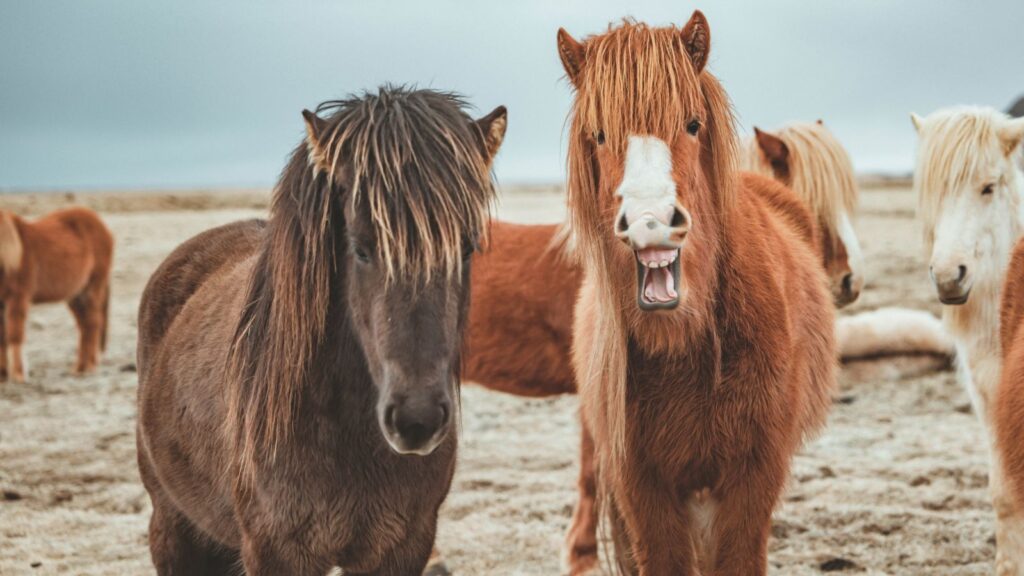
Of course, horses were the main form of transportation in the Wild West, with many people riding on horseback or being pulled on carriages. However, they weren’t the only means of transportation. It was in this period that the revolutionary transcontinental railroad network was built, becoming a favorite option for many.
There Weren’t Any Laws

The West was “wild” for a reason—everyone rejected the idea of a centralized government and lived through the chaos it brought. But this doesn’t mean there weren’t any laws. Many territories in the West had their own formal laws and law enforcement agencies, and even communities enforced their strict standards.
Saloons Were Everywhere

Saloons were meeting spots for cowboys, miners, and soldiers in the Wild West. They even served diverse functions as post offices, polling stations, and courthouses, making them important to the development of many areas as well. But they weren’t as common as we see portrayed in movies today.
Gunfights Were Common
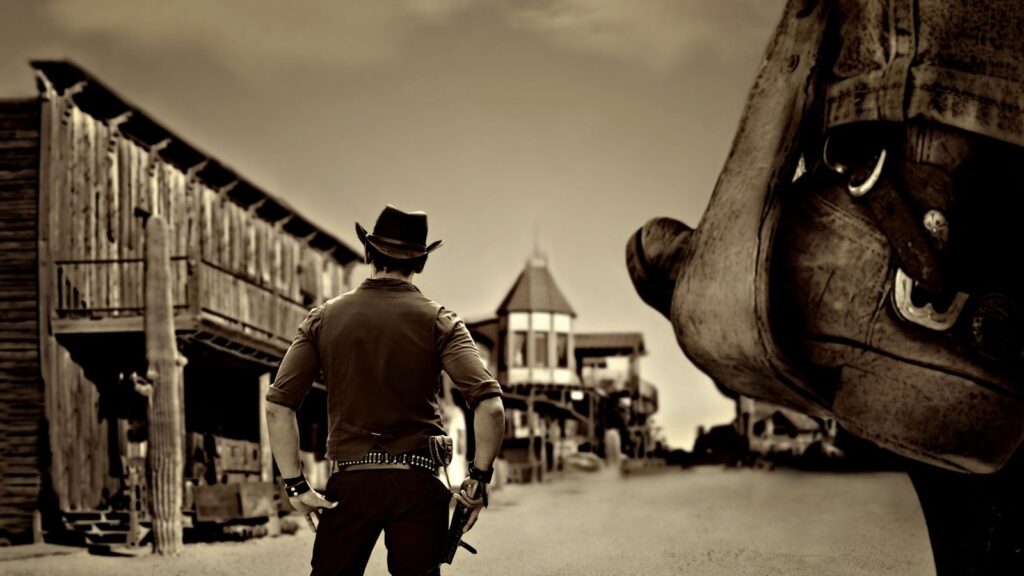
We see in movies about the Wild West where people get into “quick-draw” gun brawls over the littlest altercation. In reality, gunfights were rare. There were strict gun laws at the time, so not everyone had guns, and towns were generally peaceful thanks to the presence of law enforcement.
The West Was Was Filled With Outlaws
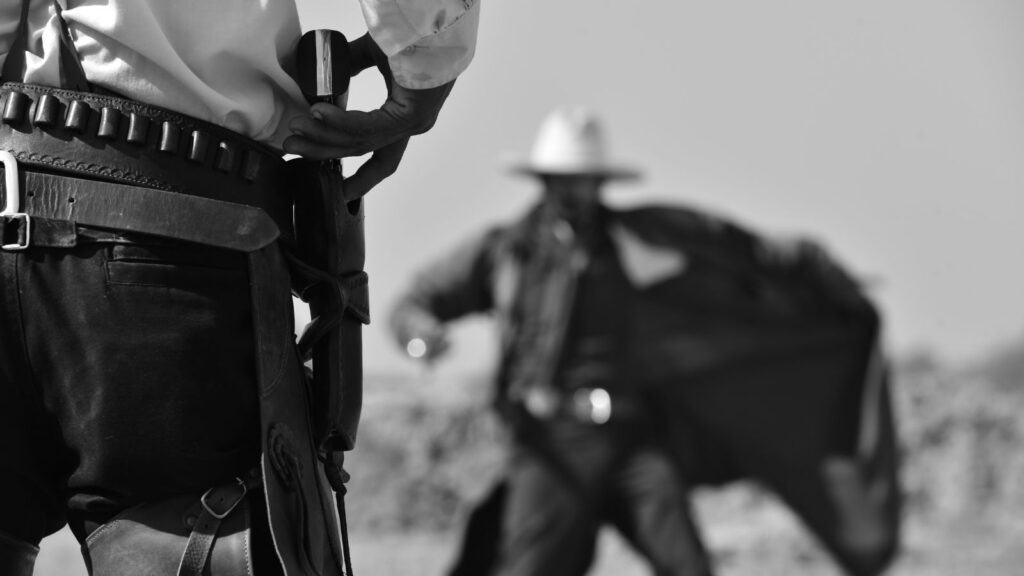
Banks, trains, and stagecoaches were common targets for criminals, but these outlaws were a very minute percentage of the people living in the Wild West. Their presence was only sensationalized by newspapers of the time, and the majority of people were focused on building their communities and livelihoods.
Native Americans Were Hostile
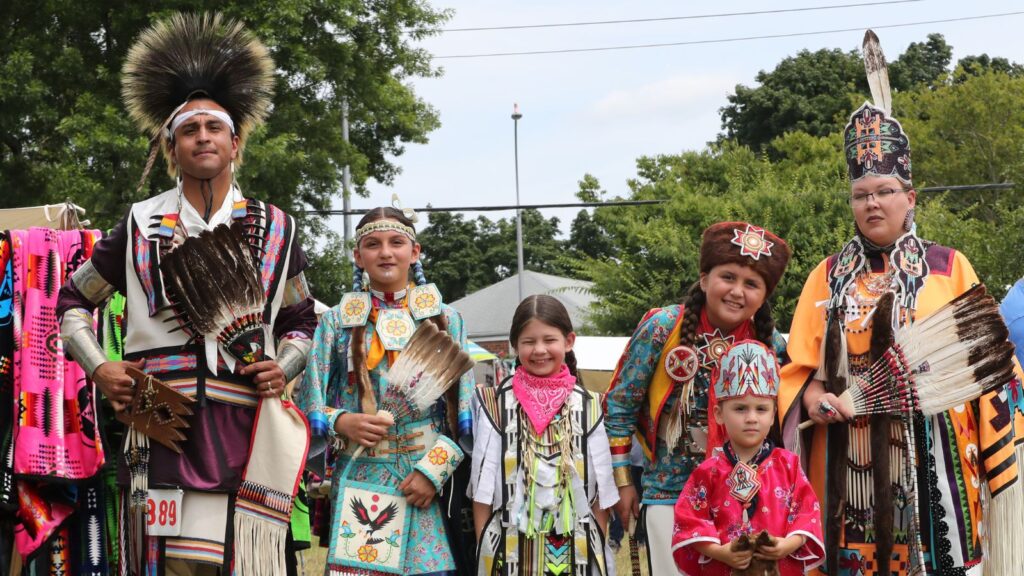
Yes, there were a lot of intercultural disputes during the Wild West era. However, Native Americans were generally welcoming of the European settlers, and they engaged in trade with them as well. The intercultural fights that eventually occured were because of broken treaties and encroachment on native lands, which threatened their way of life.
The Wild West Was Predominantly White
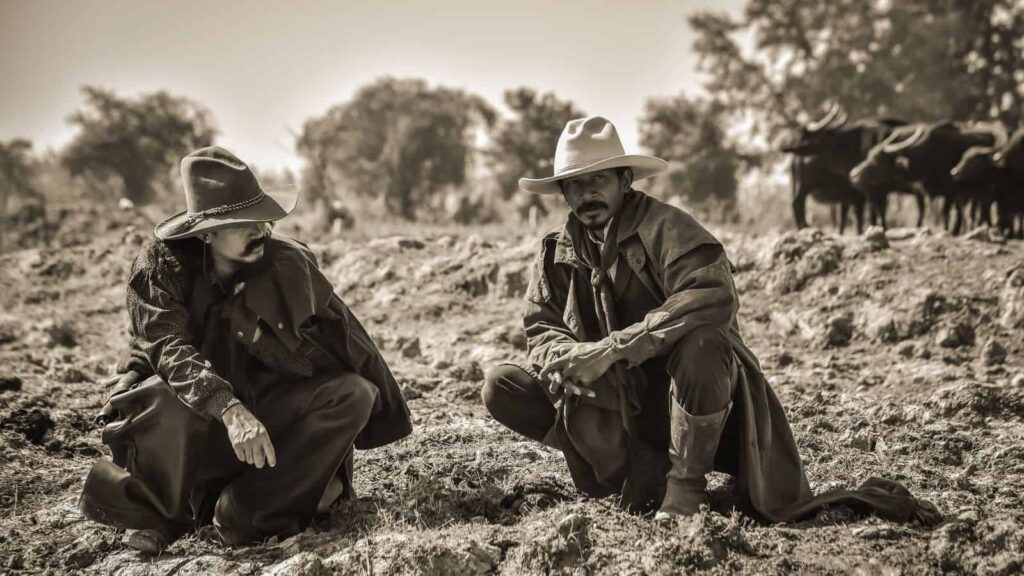
Alongside the Native Americans and Europeans, the Wild West was also home to Hispanics, Chinese immigrants, and African Americans. And many were cowboys too! These underrepresented ethnic groups and the diversity that came with them influenced the infrastructure and culture of the West over the decades that followed.
Gold Rush Made Everyone Rich
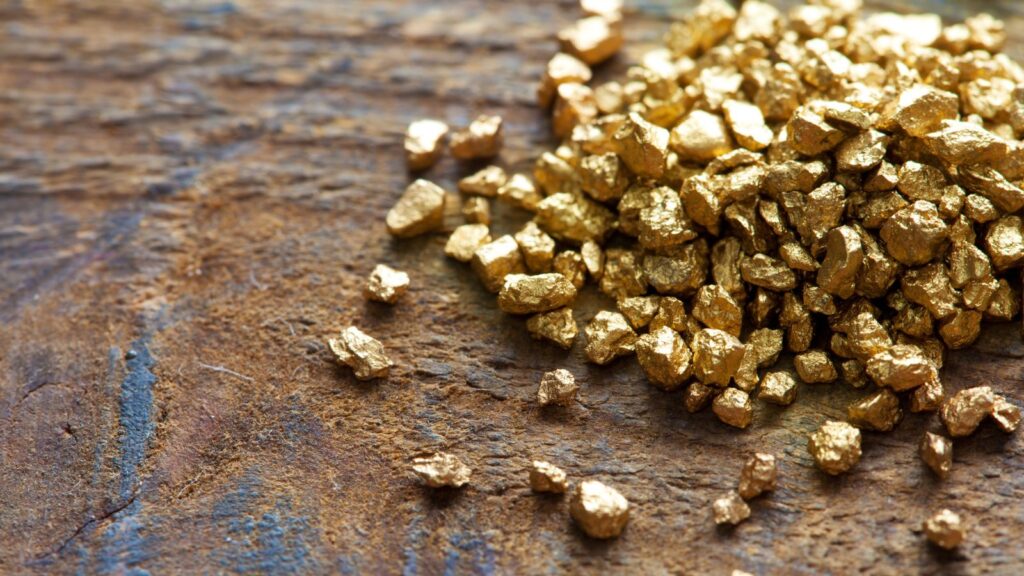
The discovery of gold in California in 1848 indicated prospects for immense wealth and caused a massive influx of non-natives into the West. However, while people definitely became rich, these success stories weren’t for everyone, and many, especially the Native Americans, as PBS shares, were overwhelmed by loss.
Towns Thrived on Mining
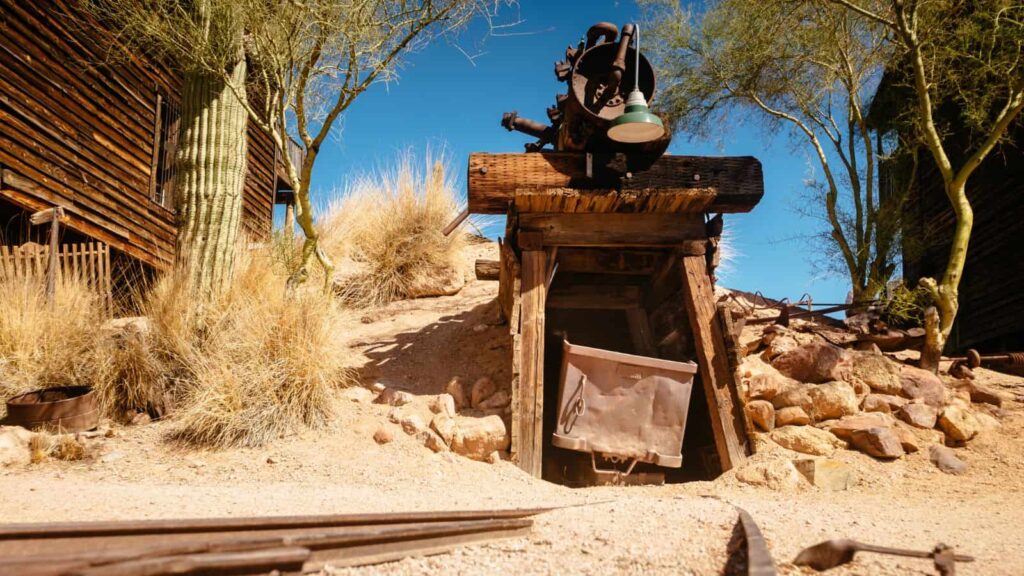
The majority of towns in America’s Wild West survived through livestock farming, commercial cropping, and trading. A few towns experienced an economic boom thanks to mining activities, but the success for others was only short-lived. Many mining towns were even abandoned, turning into ghost towns.
Sheriffs Were Always The Good Guys

We see films and books depict sheriffs in the Wild West as the heroes of the town, chasing off the outlaws that pestered everyone. In reality, many members of law enforcement weren’t just corrupt receivers of bribes; some were outright criminals who engaged in the same activities as outlaws.
The Landscape Was Entirely Barren
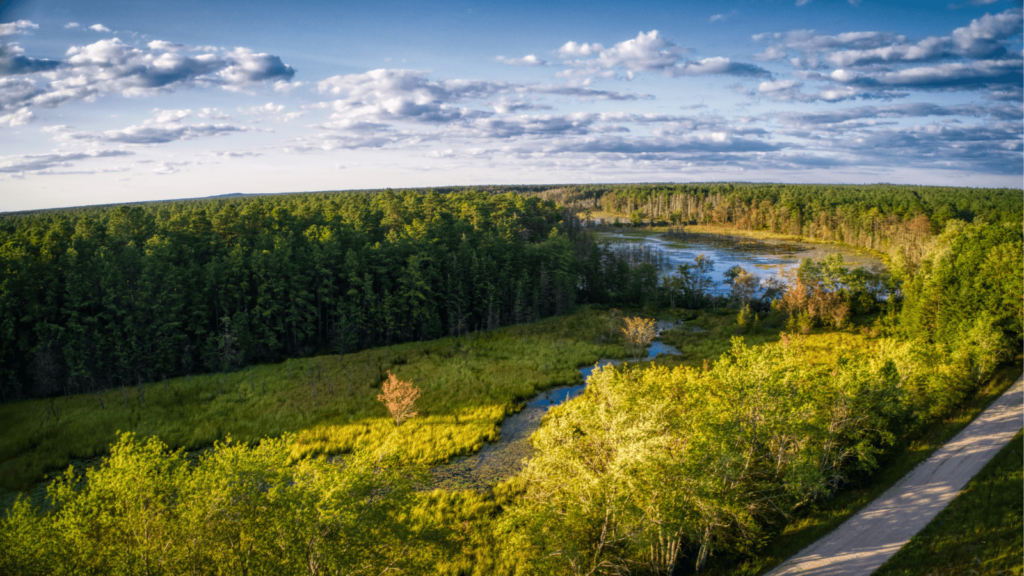
The Wild West was mostly a drought-prone area filled with red desert towns and towering desert rocks—terrible for agriculture, as the LOC reveals. Nonetheless, this wasn’t all it had. Just like we see in the western states today, the Wild West also spanned diverse terrains and had lush forests in it.
Gambling Was the Main Pastime
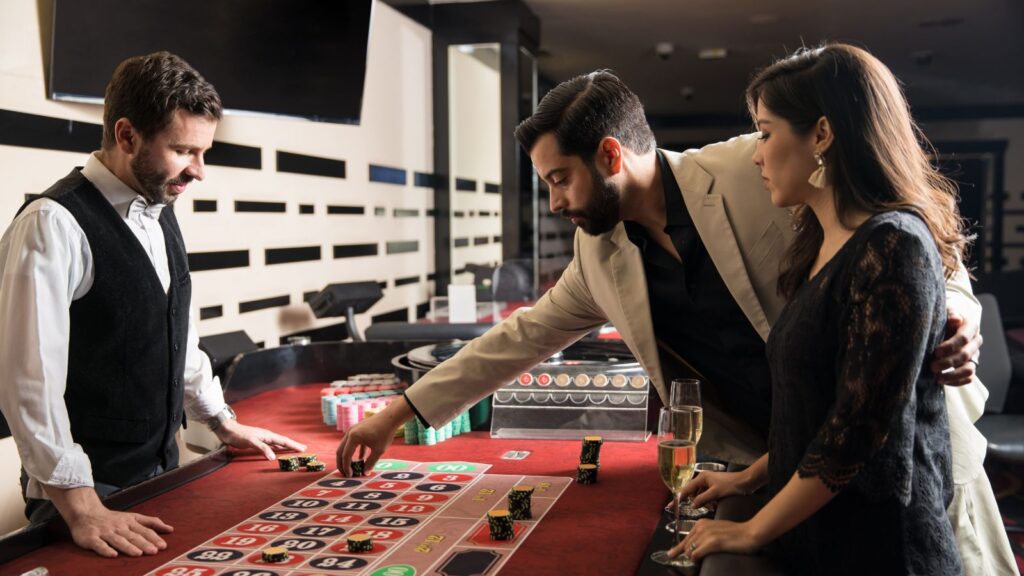
Even though gambling was the top form of entertainment in the Wild West, it was not the only pastime people enjoyed there. Many people also loved to engage in dances, horseback riding, trick shooting, and reenactments of popular historical events on the American frontier.
Everyone Lived in Saloon-Front Style Houses
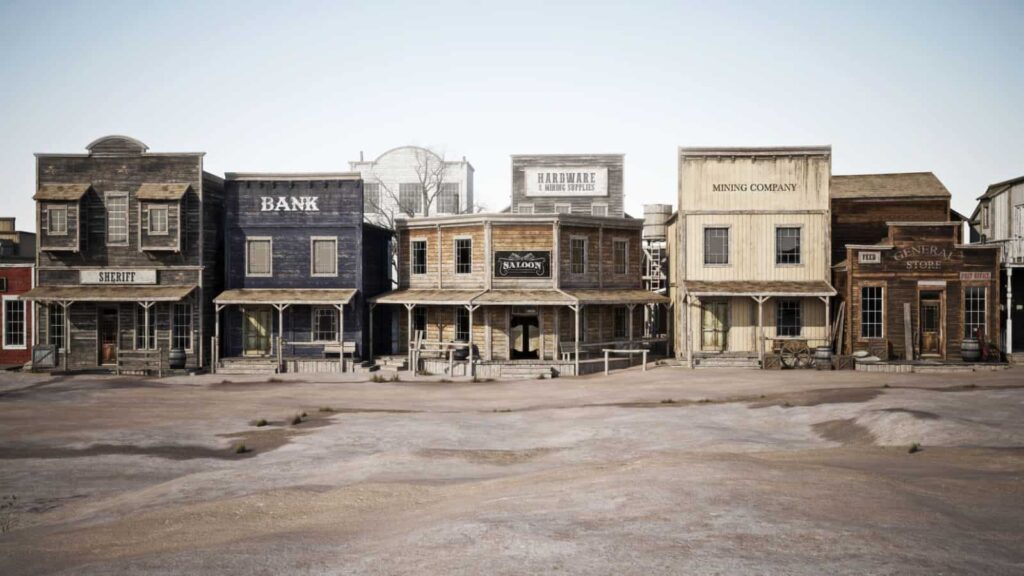
Saloon-styled houses are iconic when talking about the residential architecture of the Wild West. However, not everyone lived in houses like these. Depending on how wealthy the inhabitants were and the materials available, log cabins and Victorian-styled homes were also common sights to behold.
Up Next: 17 Phrases Older People Use That No One Else Gets
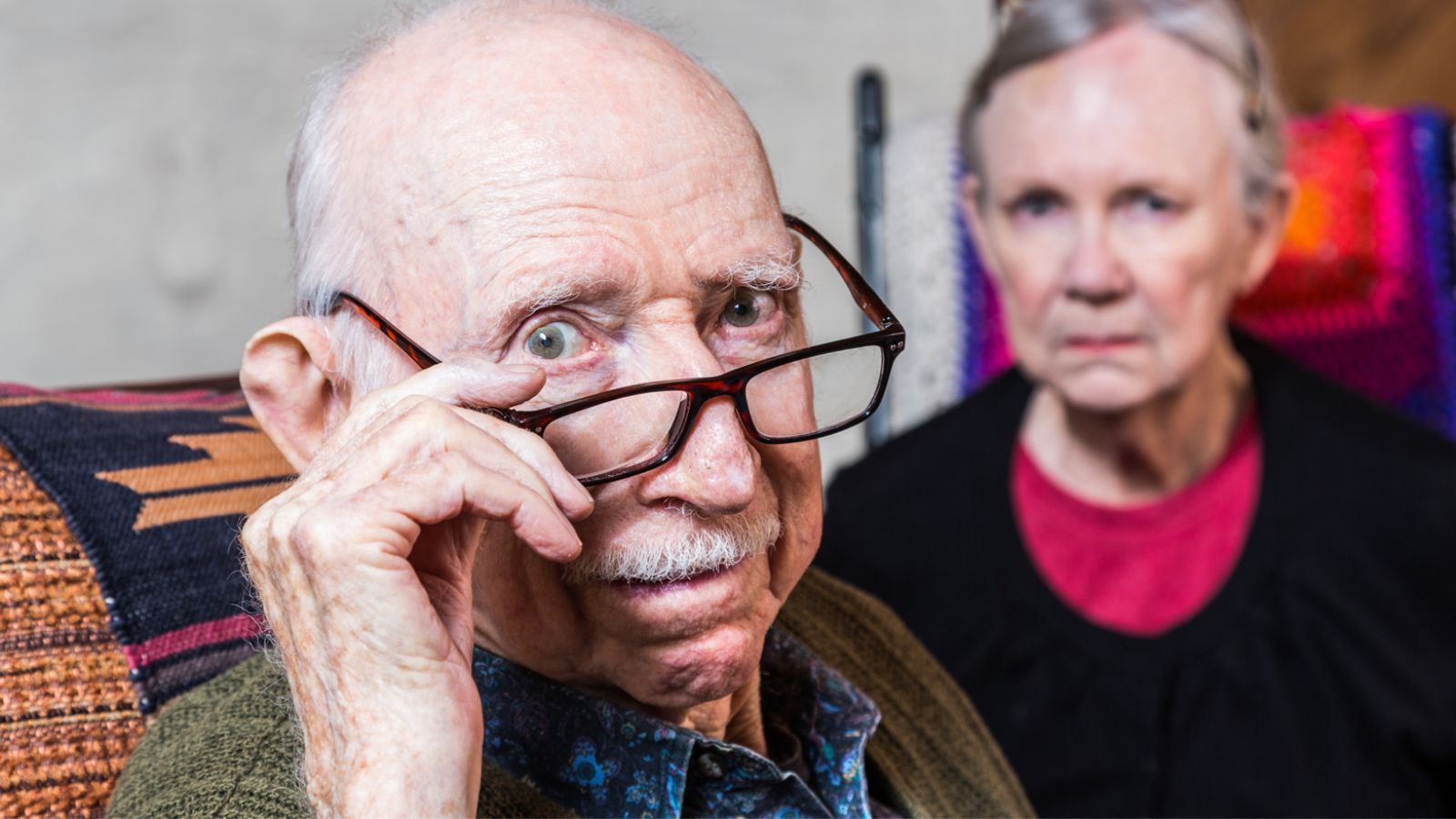
Each and every generation has its own phrases and sayings that separate it from the rest, and the boomers certainly have plenty. Discover 17 popular boomer phrases that aren’t often used today and what they mean. Maybe you’ll want to bring some of them back!
17 Phrases Older People Use That No One Else Gets
People Who Don’t Show Empathy Usually Have These 18 Traits

The world would be a better place if everyone had a little more empathy. But sadly, in reality, some people show much less empathy than we’d like. Here are 18 traits of people who don’t show empathy.
People Who Don’t Show Empathy Usually Have These 18 Traits
The 17 Unhappiest States in America

The US has hit an all-time low position in the World Happiness Index, tumbling to 23rd in 2024. However, it’s important to remember that location is an important factor; many US states are very happy, unlike the following 17 US states that appear to be the most unhappy.
